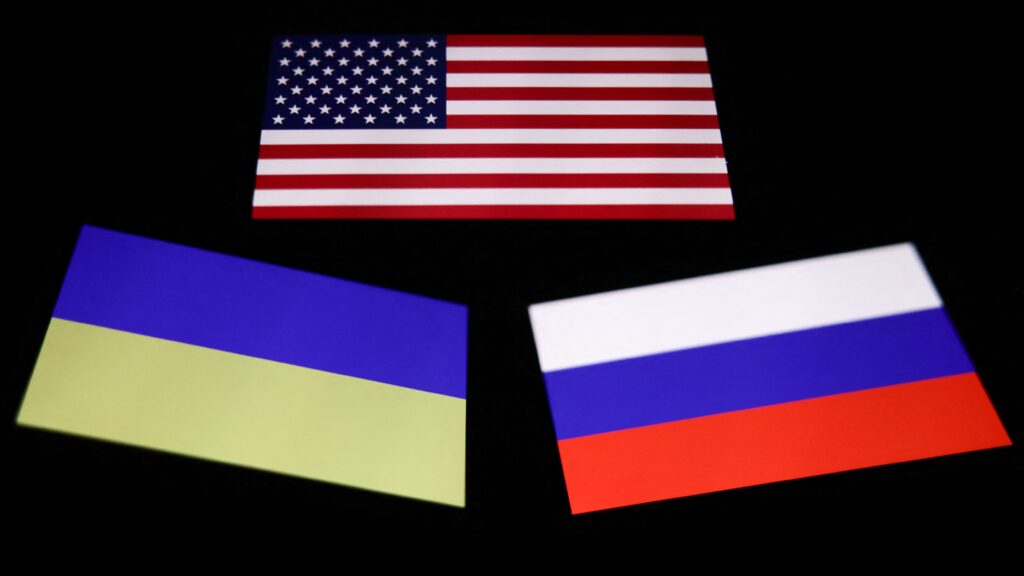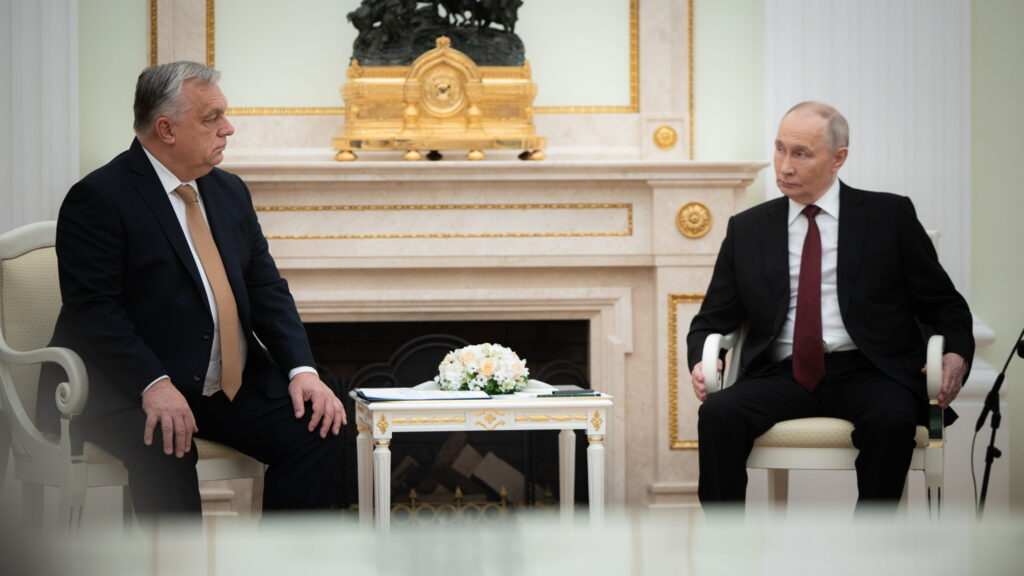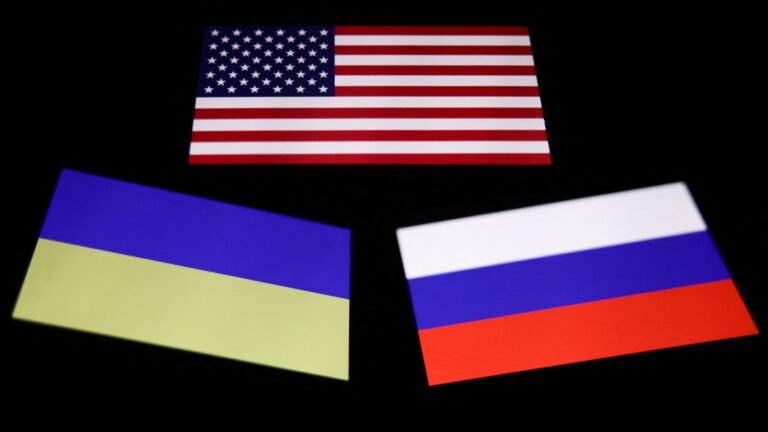Shortly after wrapping up an interview about China and the use of TikTok for espionage, I took out my phone to relax for a bit and watched a YouTube video. As I was watching, a notification from TikTok popped up with a message saying: ‘You will be dealt with.’ I smirked and laughed when I first read the message, making sure to take a screenshot before the notification disappeared. ‘What are the odds?’ I thought to myself as I continued to unwind. But as I sat there, I began to wonder—what were the odds? Barely an hour after I’d given a professional interview about the Chinese Communist Party (CCP) and its influence operations in the US, I received a notification from a Chinese app saying: ‘You will be dealt with.’
Coincidence, right?
While there are likely a myriad of explanations for why I received such a notification—the most plausible being that a TikToker promoted by TikTok had posted a video with that title—the incident, while humorous, raises several serious security concerns about the platform. In this new age of hybrid warfare, TikTok has become an effective tool for the CCP to conduct mass disinformation and influence campaigns targeting audiences abroad, particularly in the United States. Whether or not TikTok’s parent company, ByteDance, intended the platform to be used in this way is irrelevant.
Thanks to China’s 2017 National Intelligence Law, specifically Article 7—‘All organizations and citizens shall support, assist, and cooperate with national intelligence efforts in accordance with the law, and shall protect national intelligence work secrets they are aware of’—any Chinese company can be compelled to assist in state intelligence operations. This means that even if ByteDance only intended to run a light-hearted, consumer-friendly app, under Chinese law, if the CCP wishes to use TikTok for intelligence purposes, the company is legally obligated to comply. Given the well-known consequences of non-compliance with CCP mandates, it is almost certain that ByteDance’s leadership would obey such a directive if issued.
So, we’ve all heard about TikTok nonstop in the news. We’ve seen politicians from across the EU, the US, India, Australia, and elsewhere express serious concerns about the app. But how does it actually work—and what can TikTok do to threaten our security?
TikTok excels at making content go viral far more quickly than traditional social media. That’s one of the key reasons it became so popular with content creators and young people around the world. On platforms like YouTube or Instagram, going viral often required high production value, thoughtful scripting, and a significant investment of time and money—with no guarantee the algorithm would reward you. With TikTok, by contrast, all you really need is your phone and a sense of humour. You can gain thousands, even millions, of views and followers in a fraction of the time. A creator might post two or three videos a week and go from a few hundred views to millions almost overnight, becoming a monetized content creator in the process. This happens in part because, unlike other platforms, TikTok employs actual people to monitor content and decide which videos go viral. If a TikTok employee sees your video and finds it funny, they can press a button—quite literally—to boost it to a huge audience. It’s a clever business model that motivates users to create and engage with more content.
‘The videos being served to Gen Z and younger users could be quietly curated and weaponized for influence’
The problem arises when this model intersects with China’s pesky 2017 National Intelligence Law. Under Article 7 of that law, all citizens and organizations are required to support national intelligence work. If a TikTok employee can determine what content goes viral, then the CCP could, in theory—or in practice—compel TikTok to push specific narratives or content to targeted audiences. In other words, the videos being served to Gen Z and younger users could be quietly curated and weaponized for influence—not by algorithmic accident, but by geopolitical design.
The implications of this facet alone are profound. This means that the CCP has the ability to target and attempt to sway public opinions all across the planet with the push of a button. They have the capability not just to force Byte Dance to push pro-CCP propaganda around the world, but to influence elections by pushing candidates and political party messages they like in countries all around the globe and even cause social unrest in target countries. This isn’t a new tactic by any means. The Russian government perfected this style of hybrid warfare in 2007 when it began using Russian language outlets in Estonia to spread false accusations that the Estonian government was desecrating Soviet graves and targeting Russian speakers for persecution. This resulted in mass protests in Tallinn, and while the Estonian public was distracted, Russia carried out massive cyberattacks targeting Estonian financial and government institutions, resulting in Estonians being unable to access their bank accounts or government services. These attacks are widely seen as practice runs for tactics Russia would later use in the invasion and annexation of Crimea in 2014, and the invasion of the entirety of Ukraine in 2022.
In the Chinese context, TikTok provides the CCP with a highly effective tool for spreading disinformation and sowing discord in target regions like Europe and the United States. This kind of discord can serve not only to weaken rival nations internally, but also to obscure China’s own strategic moves. It’s not difficult to imagine a scenario in which TikTok is used to support a major disinformation campaign ahead of an invasion of Taiwan—aimed at undermining foreign support for Taiwanese sovereignty and spreading falsehoods about the island’s government and people. In such a scenario, the CCP could use TikTok to manipulate public discourse in the weeks leading up to the invasion, stoking domestic unrest in the US and Europe by pushing polarizing political narratives designed to distract and divide. Simultaneously, it could amplify ‘China–Taiwan friendship’ propaganda—promoting slogans like ‘One China for All’ to frame Taiwan as a breakaway region unjustly supported by Western powers, and to portray unification as a peaceful, rightful goal.
‘Social media, when properly weaponized, offers governments and organizations around the world alarming capabilities’
On the day of the invasion, the disinformation campaign could escalate. TikTok and other platforms might be flooded with misleading content—misrepresenting the events in Taiwan or distracting audiences in the West with unrelated viral media. Coordinated cyberattacks could follow, disrupting communications across the Pacific and delaying the ability of the US and its allies to assess the situation and respond. While much of the world is distracted or confused, Chinese forces could begin landing on Taiwan—backed by drones and missiles targeting key infrastructure, including the capital, Taipei.
In this new age of hybrid warfare, information is power. As the saying goes: ‘the pen is mightier than the sword’—and nothing is more dangerous than a government or military that has mastered the use of both. Social media, when properly weaponized, offers governments and organizations around the world alarming capabilities.
The scenario described above isn’t merely hypothetical—it reflects tactics that have been used before, and with striking success. TikTok tracks user habits, collects sensitive data, and, as a Chinese-owned platform, makes that data accessible to the CCP. They know our likes, our interests, and how to push our proverbial buttons. In the war of disinformation and influence campaigns, the only defense is common sense and skepticism. These war-fighting tactics rely on the irrationality and emotional responses of human beings, and our proclivity to believing the worst possible thing about people we don’t like. Russian strategies in Estonia were effective precisely because they exploited these cognitive biases—counting on people to act on misinformation rather than verify it. If we don’t want the events of Estonia or Ukraine repeated in the United States or the rest of Europe, we must adopt a posture of hypervigilance—that means questioning what we see, seeking verification before sharing or reacting.
TikTok knows us—don’t let it use that to get us.
The views expressed by our guest authors are theirs and do not necessarily represent the views of Hungarian Conservative.
Related articles:







